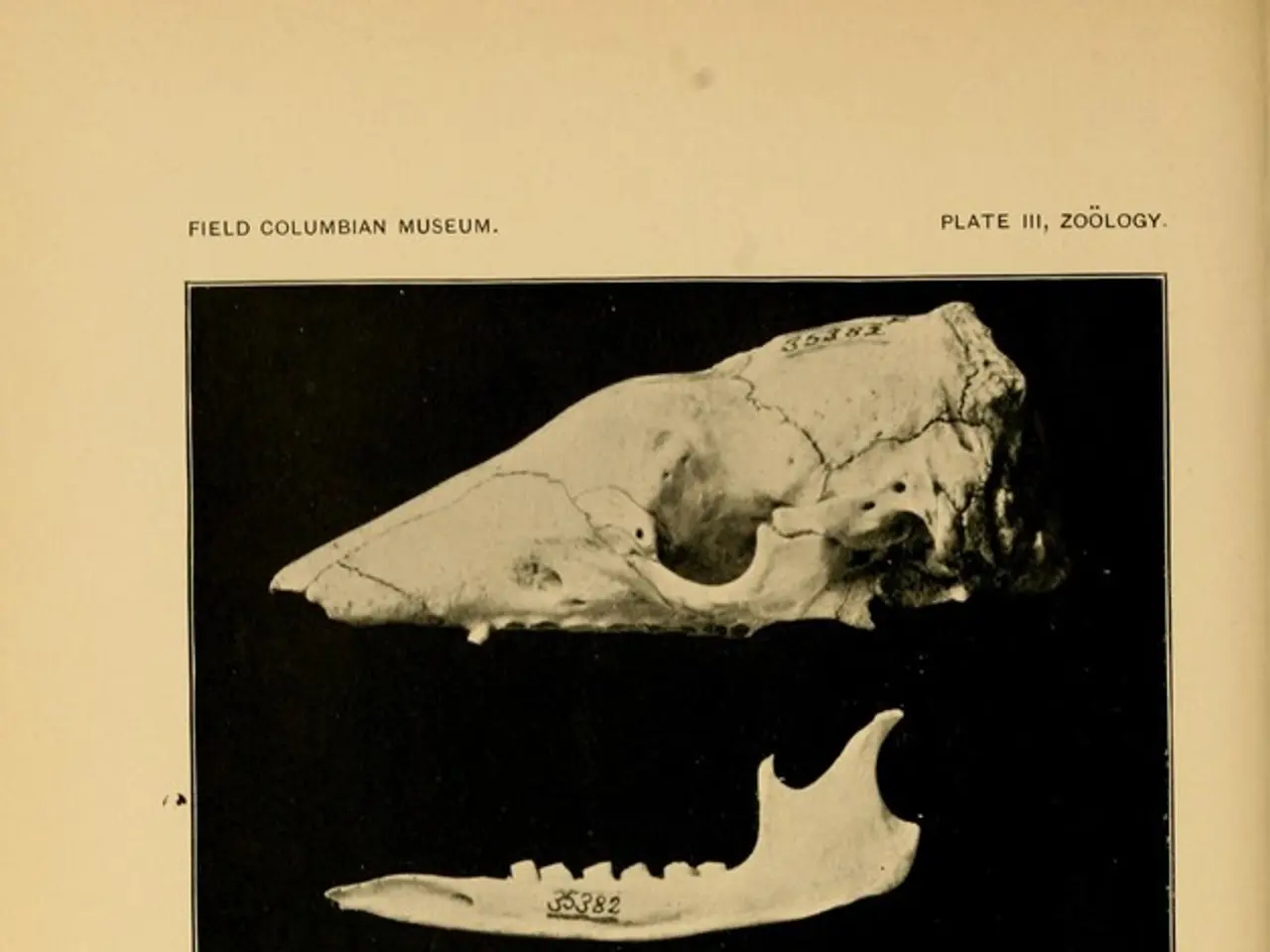Embolism Caused by Fat: Symptoms, Avoidance Strategies, and Additional Information
================================================================
Fat embolism syndrome (FES) is a potentially life-threatening condition that can occur after major trauma, particularly fractures of long bones like the femur. In this illness, fat droplets from bone marrow enter the bloodstream, causing vascular occlusion and inflammation.
Risk factors for FES include orthopedic surgery, severe burns, and conditions that cause fat emboli, such as liposuction. Symptoms typically develop within 1-3 days after an injury and may include respiratory distress (dyspnea, hypoxia), neurological signs (confusion, delirium, seizures, coma), and a petechial rash on the skin. A rapid heart rate, fever, changes in the skin or eyes, and breathing difficulties similar to those accompanying a blockage in the pulmonary artery are also possible symptoms.
The diagnosis of FES is primarily clinical, based on these signs following trauma. Imaging rarely shows fat emboli directly, but clinical suspicion should remain high in at-risk patients. FES can cause potentially fatal inflammation, multi-organ dysfunction, and neurological changes.
Treatment for FES is supportive, focusing on oxygenation, ventilation support, and stabilization of fractures to prevent further embolization. Early surgical fixation of broken bones helps reduce the risk and severity of FES. There is no specific pharmacologic therapy proven effective, making prevention and early recognition critical.
Preventative strategies for FES may include giving fluids and the drug methylprednisolone. Risk factors for FES include young age, having closed fractures, having multiple fractures, and undergoing conservative treatment for long bone fractures.
Broken blood vessels on the chest, face, or around the eyes can be a warning sign of FES. In rare cases, fat emboli may cause ischemic strokes through paradoxical embolism via a cardiac shunt (patent foramen ovale). A pulmonary embolism may also occur at the same time as a fat embolism due to shared risk factors.
An embolism is a blockage due to an object in the bloodstream that is not supposed to be there. In the case of FES, the object is fat droplets from bone marrow. While there is no cure for a fat embolism, early recognition and supportive care can help manage symptoms and improve outcomes.
[1]: Reference for the first point [3]: Reference for the second, third, and fourth points [5]: Reference for the fifth, sixth, seventh, eighth, ninth, tenth, eleventh, twelfth, thirteenth, fourteenth, and fifteenth points
- The vascular system can be affected by fat embolism syndrome (FES), a potentially life-threatening condition that often occurs post major trauma, particularly fractures of long bones like the femur, causing obstruction and inflammation.
- FES can be triggered by various factors, including orthopedic surgery, severe burns, and conditions that cause fat emboli such as liposuction.
- Healthcare providers should consider patients with a history of specific medical-conditions, including FES, as at-risk for this syndrome.
- Once symptoms like respiratory distress, neurological signs, and a petechial rash appear, non-surgical measures like oxygenation, ventilation support, and fracture stabilization become crucial for managing FES.
- Preventive measures for FES may include administering fluids and the drug methylprednisolone, but the most effective strategy remains early recognition and care.
- FES shares some risk factors with chronic diseases like pulmonary embolism, as well as fitness-and-exercise-related conditions causing stress on bones and increased risk of fractures.
- Neurological disorders such as ischemic strokes can be a possible complication of FES in rare cases, when fat emboli travel to the brain via cardiac shunts.




